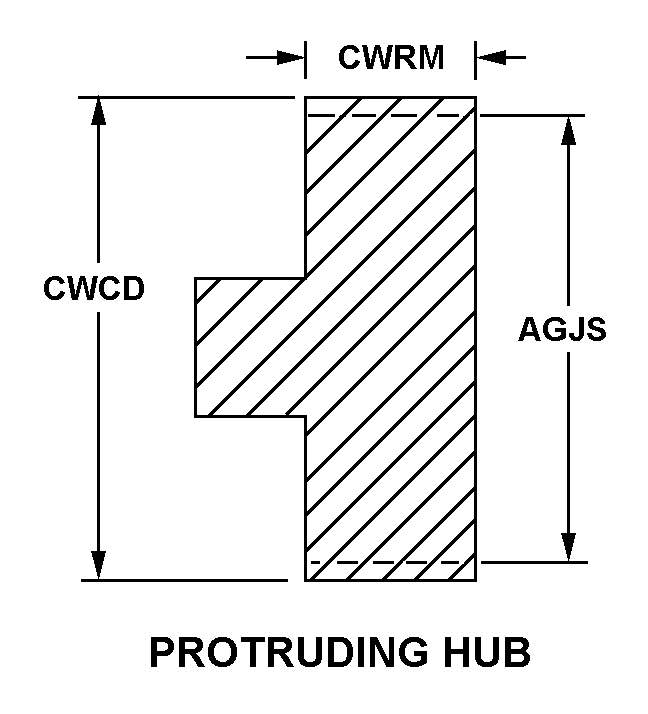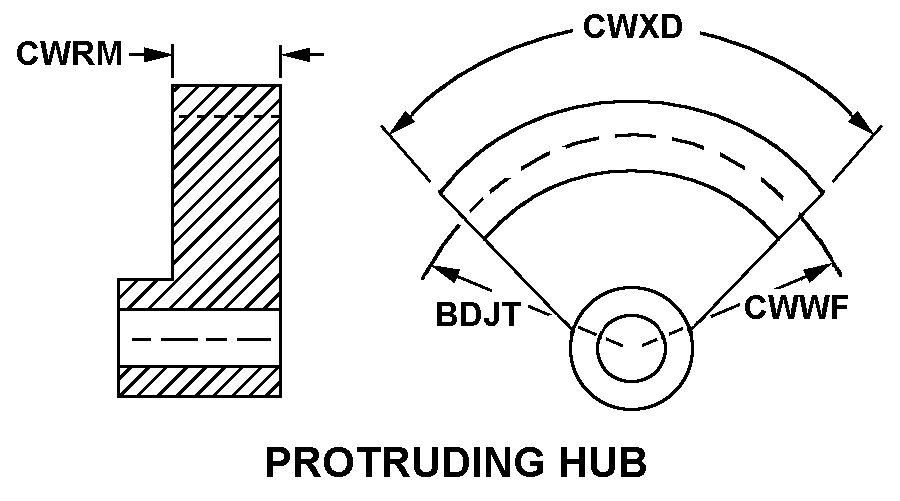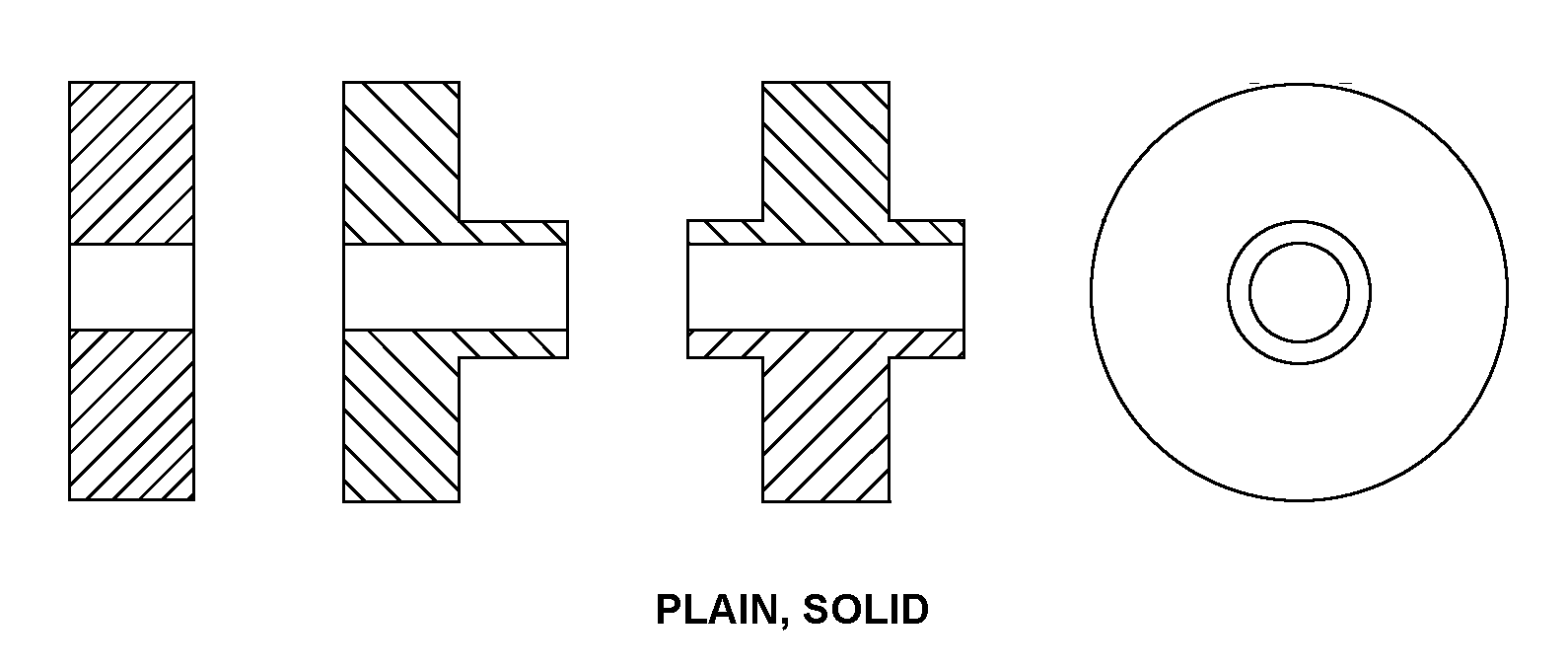3020004743747
Price Quote Get an up to date pricing and availability quote for this product. Order online or over the phone.
Quality Commitment
Serving our customers with quality and safety first.
- AS9120 Certified
- Audited supply chain
- ITAR Registered
- DDTC Registered
- HAZMAT Certified
- Customer service objectives
- Every product 100% inspected

3020-00-474-3747 Specification Set by the OEM (see RNCC code 3)
plain, solid
mounting hole
0.7916in.
38
plain both ends
40.0 rockwell c and 45.0 rockwell c
2 plain transversely through hub, first end
0.833in.
standard
20.0000 degrees
0.225in. first end
0.375in.
0.250in. both ends
plain first end
0.500in. first end
quality number 11
0.062in. transversely through hub, first end
drilled holes in line
steel comp 4140
FED-STD-66 fed std single material response
protruding hub
Cross Reference Parts Part numbers that meet the specification outlined on this page and set by the OEM
Identification Item Identification Guide (IIG) and Item Name Code (INC)



Definition Definition of approved item name (AIN): "GEAR,SPUR"
A gear, cylindrical in form, with straight teeth on the outer surface parallel to the axis of the gear. See also gear, antibacklash, spur. For bulk material, see rod, pinion.
Packaging & Dimensions Packaging instructions, special markings, and approx. weight/dims
Packing shall be accomplished to meet the performance test requirements of astm-d4169, distribution cycle 18, assurance level 1.
Packing shall be accomplished using boxes fabricated in accordance with astm-d5118, class weather-resistant.
Items or packages that require packing for acceptance by the carrier shall be packed in exterior type shipping containers in a manner that will ensure safe transportation at the lowest rate to the point of delivery and shall meet, as a minimum, the requirements of the following rules and regulations, as applicable to the mode(s) of transportation to be utilized: (a) postal regulations, (b) department of transportation regulations, (c) civil air regulations, (d) uniform freight classification rules, (e) national motor freight classification rules, (f) american truckers' association rules, (g) other applicable carriers' rules, (h) military air regulations for dangerous materials. consolidation of shipments. all exterior packs of 1.5 cubic feet or less having no single dimension (length, width, height) exceeding 40 inches (and when the total number of such containers in any individual shipment exceeds 25), shall be consolidated, using flat pallets, box pallets, or containers as the consolidating media. dangerous goods shall be prepared for shipment according to applicable department of transportation (dot) regulations and international regulations in effect at time of shipment. shipment by parcel post must comply with postal regulations.
Options can be exercised as to specific method of preservation or dod approved packaging materials to be used. however, basic preservation method shall be retained, supplemental data shall be complied with, and unit package dimensions shall not be increased by more than one inch. equal or better protection shall be given the item and there shall be no increase in the package cost.
Packaging Codes
OPI: Optional Procedure Indicator Code. A one position alpha code that indicates the allowable deviations from the prescribed requirements.
SPI No.: Special packaging instructions number.
LVL A/B/C: Indicates the type of shipping container required for level A, B, or C maximum packing protection.
SPC Mkg: A two position code that identifies the special markings applied to the container, which is part of the total pack to protect the contained item during preservation, packing, storage, transit and removal from the pack.
3020-00-474-3747 Material Hazmat, Precious Metals, Criticality, Enviroment, and ESD
Indicates there is no data in the hmirs and the nsn is in a fsc not generally suspected of containing hazardous materials.
Precious metal content is unknown
The item does not have a nuclear hardened feature or any other critical feature such as tolerance, fit restriction or application.
Identification Codes
HMIC: Hazardous Material Indicator Code. A one position code that identifies a hazardous item.
PMIC: Precious Metal Indicator Code. A one position code which identifies items that have precious metals as part of their content. precious metals are those metals generally considered to be uncommon, highly valuable, and relatively superior in certain properties such as resistance to corrosion and electrical conductivity.
ESD: Electrostatic Discharge. Indicates if an item is susceptible to electrostatic discharge or electromagnetic interference damage. electrostatic discharge damage occurs when an accumulation of static electricity generated by the relative motion or separation of materials is released to another item by direct contact. electromagnetic interference damage occurs when an item comes into proximity with an electrostatic or magnetic field.
ENAC: Enviromental Attribute Code. Identifies items with environmentally preferred characteristics.
CRITL: Criticality Indicator Code. Indicates an item is technically critical by tolerance, fit, application, nuclear hardness properties, or other characteristics.






